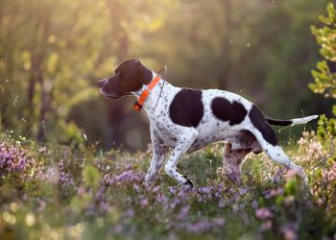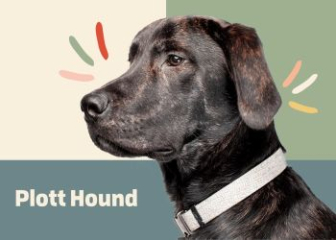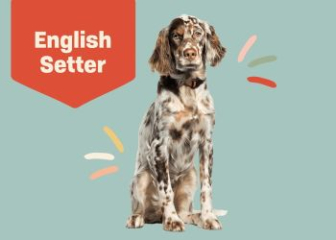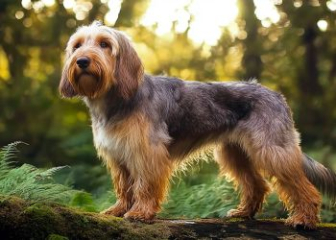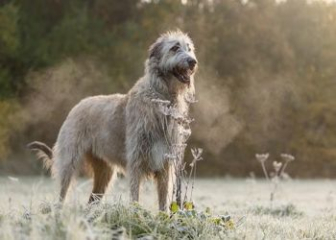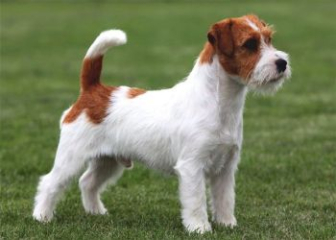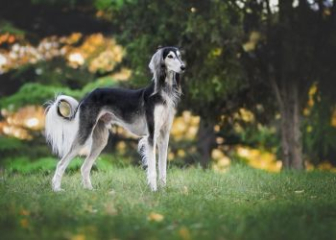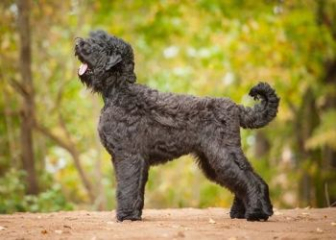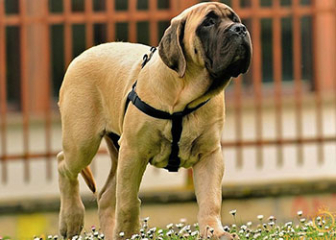Komondor (Mop Dog) – A Uniquely Shaped Livestock Guardian
Blog | by
The Komondor, also known as the “Mop Dog,” is a large livestock guardian breed from Hungary, instantly recognizable by its thick, corded coat that resembles a walking mop.
This extraordinary breed was developed for guarding flocks and herds, and while its appearance is unusual, the Komondor is known for its intelligence, strong protective instincts, and ability to work independently. However, it is not a common pet due to its demanding grooming and care needs.
In today’s article, let’s dive deeper with Dog breed to learn more about the fascinating Komondor!
Origin of the Komondor – The Mop Dog
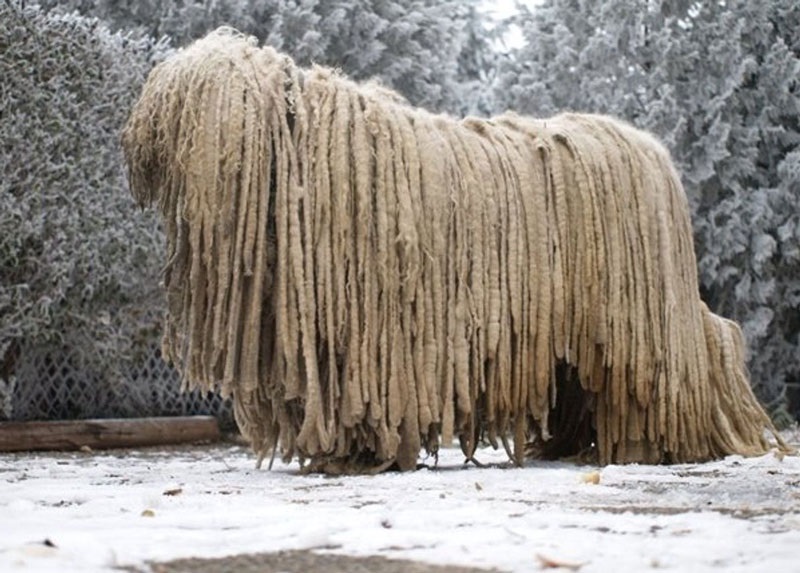
The Komondor – Also Known as the “Mop Dog”
The Komondor, often nicknamed the “Mop Dog,” is an ancient sheepdog breed originating from Hungary. This unique breed has been around for over a thousand years and is easily recognized by its thick, rope-like cords that resemble a household mop. It was bred specifically for guarding livestock and is known for its independence, intelligence, and powerful protective instincts.
The Komondor is also considered one of the oldest dog breeds that has retained a highly pure genetic lineage.
History and Development of the Komondor
-
The Komondor is a traditional Hungarian breed, with the first recorded mention dating back to around 1555. However, many believe it arrived in Hungary much earlier with the nomadic Magyar tribes, who brought the dogs from Central Asia to protect their livestock during migration.
-
In the 16th century, written records in Hungary began to describe this breed.
-
In 1920, the Komondor was officially recognized by the American Kennel Club (AKC).
-
During World War II, the breed’s population declined sharply due to the impacts of war.
-
Today, the Komondor is more widely known—not only as a working farm dog, but also as a visually striking companion pet admired for its appearance and heritage.
Traditional Role of the Komondor
The Komondor has historically played a crucial role in Hungarian livestock farming:
-
Guardian of the Flock: The Komondor is exceptionally effective at guarding sheep and other livestock from predators such as wolves, bears, hyenas, and even human thieves. One of its most impressive traits is its ability to work independently, making intelligent decisions without human direction.
-
Symbol of Ancient Hungarian Culture: The breed is closely associated with the Magyar tribes, not just as a working dog but as a symbol of loyalty and strength in their cultural history.
-
Cultural Treasure of Hungary: Today, the Komondor is recognized as a “National Treasure” of Hungary, celebrated for its deep historical and agricultural importance.
Appearance of the Komondor – The Mop Dog
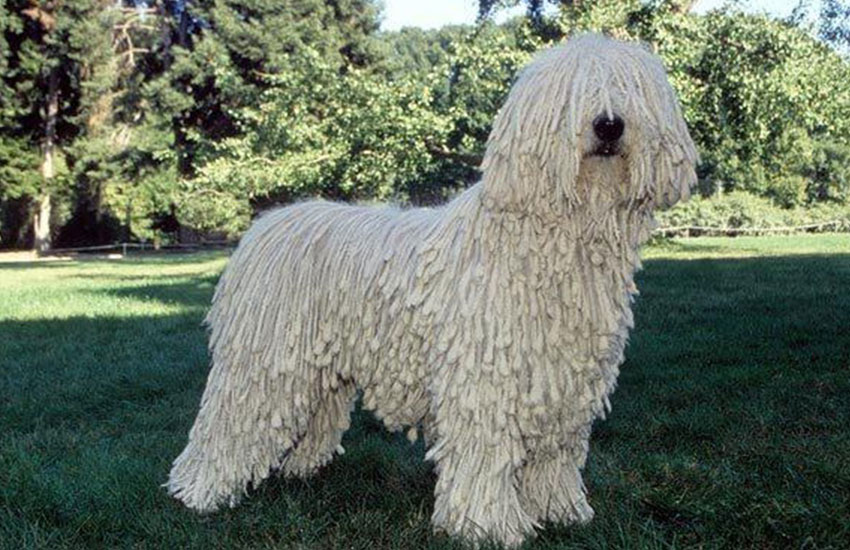
Komondor – The Dog with Corded Fur Like a Mop
The Komondor is widely recognized as one of the most unique and striking dog breeds in the world. Its entire body is covered in long, thick, corded fur that resembles twisted ropes—giving it the unforgettable look of a living mop. Along with its large, muscular frame, this breed truly stands out.
Let’s explore the detailed physical characteristics of a purebred Komondor:
Physical Characteristics of the Komondor
-
Height: 65 – 80 cm; some individuals may reach close to 1 meter
-
Weight: Up to 70 kg when fully grown
-
Coat Color: Always white
Coat Development:
-
Puppy Coat: Soft and slightly wavy
-
At 8–12 months: The fur begins to twist and form cords
-
Adult Coat: Fully developed into tightly knotted, rope-like cords, measuring 20–27 cm in length, covering the entire body—giving the appearance of a walking mop
Head & Face:
-
Head: Large and broad, but nearly hidden under the thick fur
-
Eyes: Dark brown, often concealed beneath the heavy coat
-
Ears: V-shaped, 10–15 cm long, hanging down on both sides
-
Nose: Black, standing out against the white fur
Body:
-
Build: Large and muscular, though the frame is mostly hidden under the dense coat
-
Chest: Broad
-
Back: Straight and strong
-
Legs: Long, sturdy, and built for agility despite the heavy appearance
-
Tail: Long, usually carried low
Temperament of the Komondor
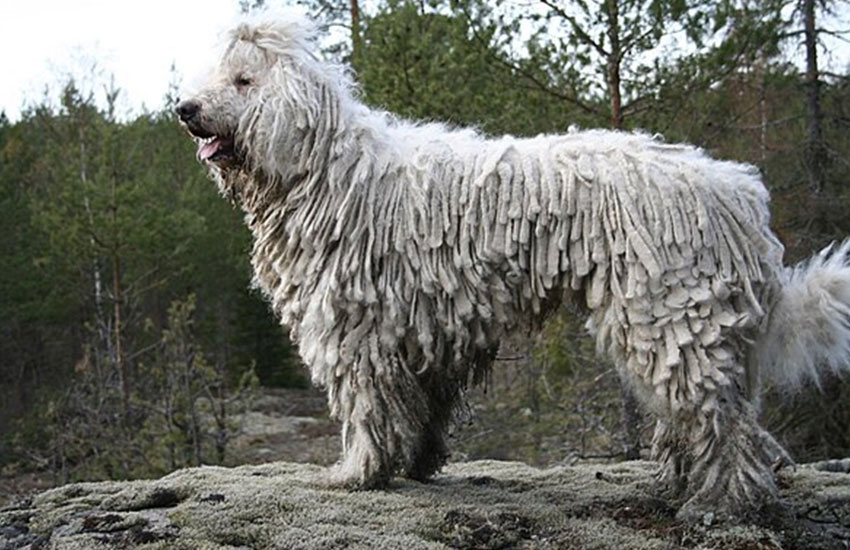
Komondor – Naturally Protective and Independent
Beyond its mop-like appearance, the Komondor is a courageous, highly intelligent, and fiercely independent breed. Let’s explore its fascinating temperament in more detail:
Brave and Highly Protective
Komondors are known as one of the best guardian dog breeds in the world. They possess an exceptional sense of alertness and will readily confront predators or intruders such as wolves, hyenas, or even bears if necessary.
That said, Komondors are not aggressive by nature—they won’t act out without reason, so you don’t need to worry about unprovoked aggression.
Independent and Intelligent
Komondors are remarkably self-reliant. They were bred to guard flocks without human supervision and are capable of making their own decisions in the field.
However, this same independence means they don’t follow commands blindly and are less motivated by rewards compared to other breeds. This can come off as stubbornness, so training requires patience, consistency, and experience.
Calm, Quiet, but Quick to React
Despite their strong guarding instincts, Komondors are usually quiet and composed. They don’t bark unnecessarily—only when they sense danger.
But once a threat is detected, they react swiftly and decisively without hesitation.
Wary of Strangers
Komondors are naturally suspicious of strangers and don’t immediately warm up to new people. Proper introductions from their owner are essential to help them feel at ease with unfamiliar faces.
Not for First-Time Dog Owners
Due to their unique temperament and demanding grooming needs, Komondors are not recommended for novice dog owners.
They require someone with experience, patience, and firm leadership. If not trained correctly, their protective instincts can become overwhelming and hard to manage.
How to Raise and Care for a Komondor – Mop Dog Guide
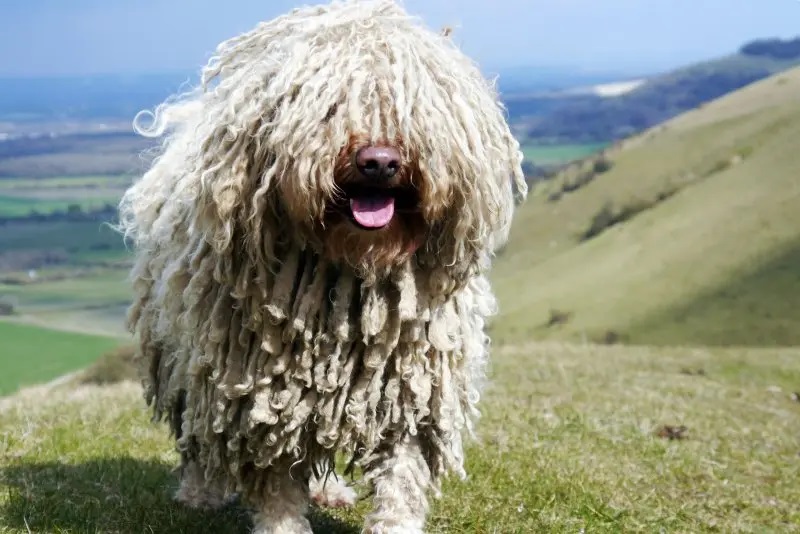
The Komondor’s Special Coat Requires Special Care
With its long, thick cords that resemble twisted ropes, the Komondor has one of the most unique coats in the dog world. As a result, caring for this breed takes dedication, knowledge, and the right routines—covering grooming, diet, exercise, and training. Let’s take a look at how to raise a healthy and happy Komondor:
Grooming the “Mop-Like” Coat
The corded coat that defines the Komondor is both its greatest charm and its biggest grooming challenge. Here’s what you need to know:
-
No brushing needed, unlike most long-haired breeds.
-
From 8 months old, you’ll need to separate cords by hand to prevent matting into large clumps.
-
Bathe only once every 2–3 months, as the coat takes a very long time to dry.
-
Always dry thoroughly after a bath to prevent skin infections.
-
Clean the belly, legs, and face more often, as these areas are prone to dirt buildup.
Nutritional Needs for Komondors
Being a large breed, the Komondor requires a high-energy, well-balanced diet to maintain strength and coat health.
Ideal Nutrient Breakdown:
-
Protein (40–50%) – Lean meats: beef, chicken, lamb, pork
-
Healthy fats (10–15%) – Fish oil, olive oil (for coat health)
-
Vegetables & Fruits (20–30%) – For fiber and essential nutrients
-
Carbohydrates (10–15%) – Grains, rice, oats
-
Water – Always available
-
Supplements – Omega-3, calcium, glucosamine, plain yogurt, cheese
Foods to Avoid:
-
Chocolate, grapes, onions, garlic (toxic)
-
Spicy or heavily seasoned food – stick to steamed or boiled meals
Feeding Guidelines by Life Stage:
| Life Stage | Meals/Day | Daily Portion | Notes |
|---|---|---|---|
| 2–6 months | 4 meals/day | 300–500g | Soft, finely chopped or blended food |
| 6–12 months | 3 meals/day | 500–700g | Transition to firmer food |
| 1–7 years | 2 meals/day | 700–900g | Maintain balanced, high-protein diet |
| 7+ years | 2 small meals/day | 500–700g | Easy-to-digest, low-fat food |
Physical Activity Needs
Though they appear large and slow, Komondors need daily physical activity:
-
Light walks or gentle play for 45–60 minutes a day
-
No intense workouts required, but they do need room to move freely
-
Games like fetch or guard-training exercises are great additions
Training and Behavioral Guidance
Komondors are intelligent but independent, which makes training a challenge without the right approach:
-
Start training early (2–3 months) to manage their protective instincts
-
Use positive reinforcement only—avoid harsh training methods
-
Introduce strangers slowly and calmly to reduce overprotective reactions
Ideal Living Environment
-
Komondors need plenty of space—a house with a yard is ideal
-
They struggle with heat, so cooler climates are preferred
-
Their living area should be clean, dry, and well-ventilated
Common Health Issues in Komondors – The Mop Dog
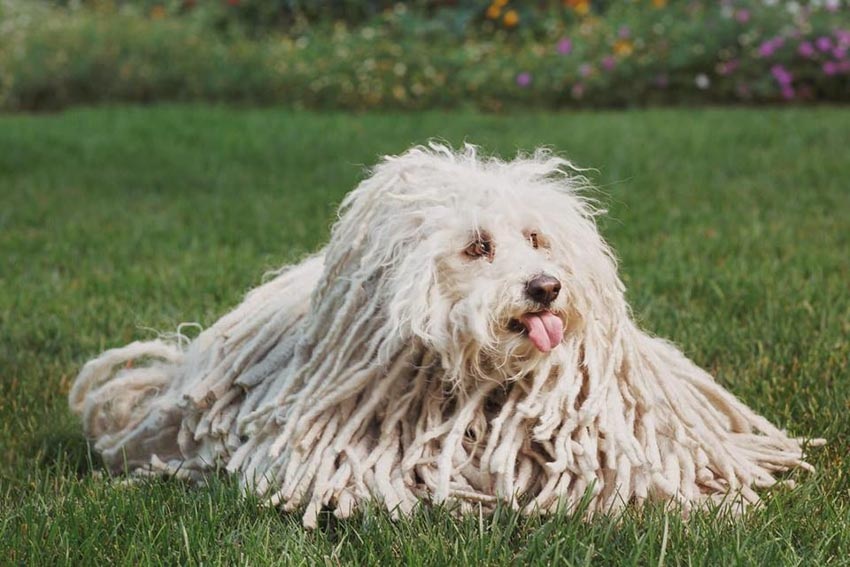
Komondors Are Prone to Eye Diseases and Parasites Due to Genetics and Their Dense Coats
Although Komondors are a hardy breed with a lifespan of around 11–12 years, they are still susceptible to certain genetic conditions and health issues related to their large size and thick, corded coats. Understanding the common diseases in this breed will help you identify early signs and take proper preventive measures.
Common Health Issues in Komondors
Entropion (Inward-Turning Eyelids)
This is a common eye condition in Komondors where the eyelid rolls inward, causing the eyelashes to rub against the cornea. If left untreated, it can lead to serious infections or even blindness.
-
Symptoms: Excessive tearing, frequent eye rubbing, red/swollen eyelids, squinting, red eyes.
-
Prevention & Treatment:
-
Choose dogs from well-bred lines with minimal eye issues
-
Regular eye checkups
-
Clean the eyes frequently
-
Use prescribed eye drops or saline under vet guidance
-
Cataracts
Cataracts are fairly common in Komondors, partly due to their long fur that often covers their eyes, making symptoms harder to detect early.
-
Causes: Heredity, age, eye injuries, or nutritional deficiencies (lack of vitamins A, C, E, or Omega-3).
-
Symptoms: Cloudy white or gray spots in the eyes, excessive tearing, poor vision, nervous or hesitant behavior.
-
Prevention & Treatment:
-
Regular eye exams
-
Supplement with vitamins A, C, E, and Omega-3
-
Medications for mild cases
-
Surgery (lens replacement) for advanced cataracts
-
Edema (Swelling Due to Fluid Retention)
This condition occurs when fluid accumulates under the skin, causing swelling in areas like the face, abdomen, or chest.
-
Causes: Allergies, liver/kidney failure, infections, trauma
-
Symptoms: Swelling in the face, abdomen, or limbs, fatigue, loss of appetite, distended belly
-
Prevention & Treatment:
-
Regular health checkups
-
Balanced diet and proper supplementation
-
Seek veterinary care immediately if symptoms are severe
-
Parasites in Komondors
Due to their long, dense coats, Komondors are particularly vulnerable to parasites. If untreated, these can lead to skin irritation, infections, and nutritional deficiencies.
| Parasite | Cause | Symptoms | Prevention & Treatment |
|---|---|---|---|
| Fleas | Contact with other animals or environment | Itching, red rashes, constant scratching | Use flea-prevention drops, clean bedding and living space regularly |
| Ticks | Live in fur, feed on blood, spread from other animals | Red bumps, swelling, possible anemia | Flea/tick spot-on treatments, regular grooming, hygiene maintenance |
| Mange (Mites) | Bacterial, unsanitary conditions | Severe itching, hair loss, sores, foul odor | Treat with medicated baths or ointments, keep coat dry and clean |
Komondor (Mop Dog) Price Guide
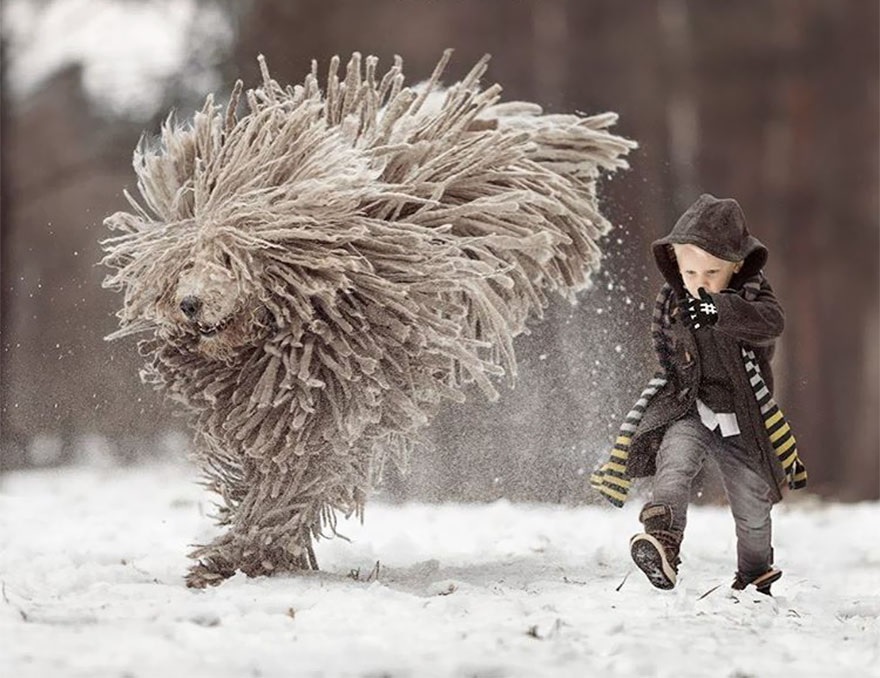
Image: A Komondor and a Child in a Snowstorm The perfect symbol of loyalty and protection
Komondor – A Rare and Valuable Breed in the Pet Market
Komondors are considered a rare and highly valued dog breed. In Vietnam, they remain relatively unknown, which can make purchasing one quite challenging.
Komondor Price Range
-
International Price: 27–45 million VND (~$1,100–$1,800 USD)
-
Price varies by:
-
Purity of lineage
-
Age and gender
-
Physical appearance and health condition
-
Important Notes When Buying a Komondor
-
Budget accordingly: The Komondor is not only expensive to purchase, but also requires significant investment in grooming, nutrition, and training.
-
Buy from trusted sources: Due to the breed's rarity, always choose reputable breeders or kennels with clear documentation and health checks.
-
Know the breed well: Understanding the Komondor's unique needs—especially coat maintenance and training—is essential for successful ownership.
Stunning Images of the Komondor – The Mop Dog
Here are some beautiful images of the majestic Komondor, including scenes of this gentle giant standing guard in the snow, playing with children, or simply flaunting its one-of-a-kind coat.
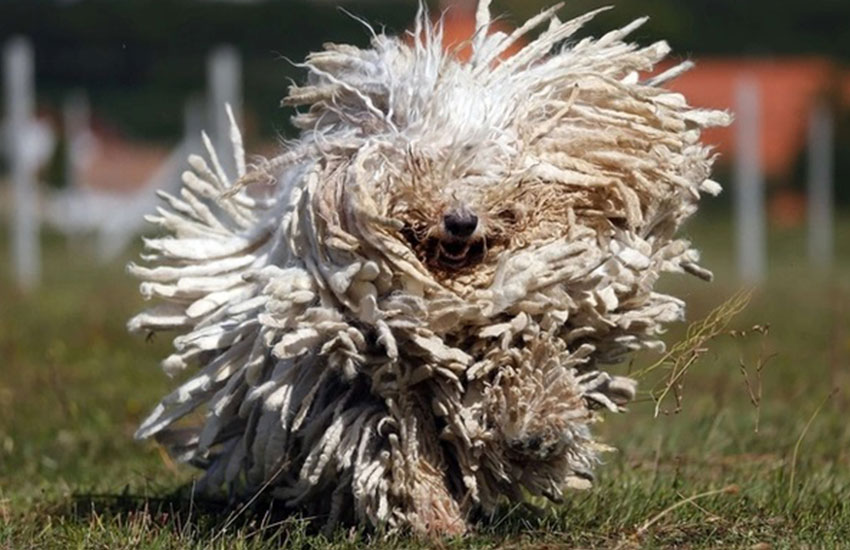
The Komondor runs and jumps, its coat flying around like a spinning mop.
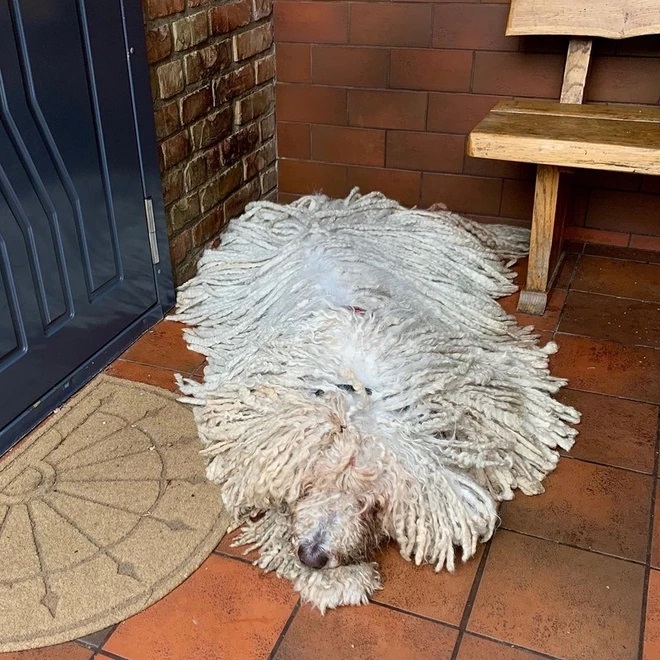
The Komondor is lying on the floor, looking like a dirty white mop.
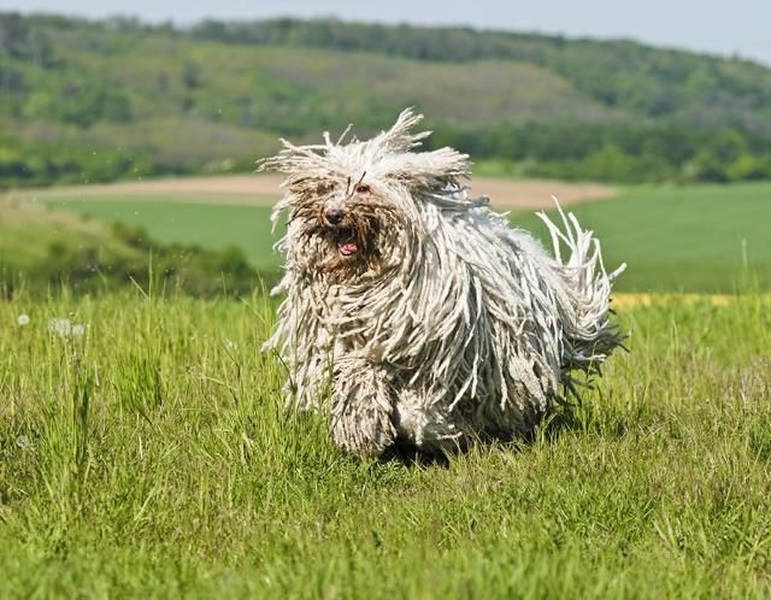
The Komondor is running and playing on the grass.
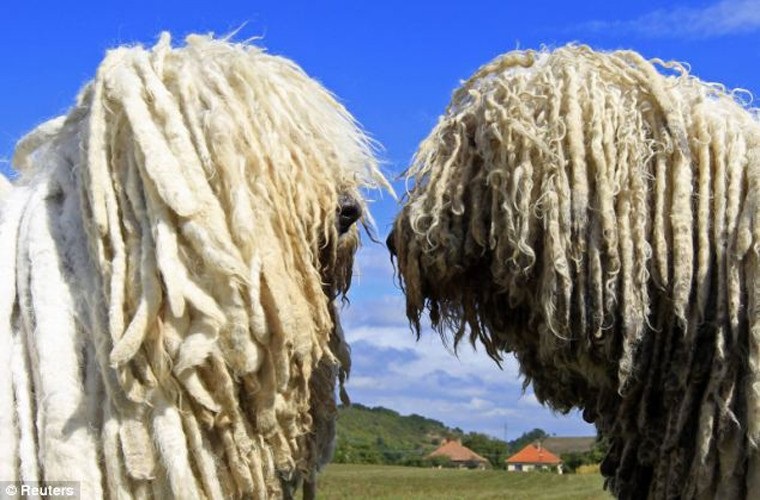
Two Komondor Mop Dogs Facing Off
Take a moment to enjoy more high-quality, sharp, and stunning images of the remarkable Komondor breed in the gallery below!
Through the article above from dogbreed.wiki, we’ve provided a full overview of the Komondor—also affectionately known as the “mop dog.” With its one-of-a-kind appearance and strong protective instincts, this breed remains rare in Vietnam, making it important for potential owners to carefully consider whether the Komondor is the right fit.
And don’t forget—our Blog section is packed with great articles and fascinating dog breeds from around the world, all waiting for you to explore!
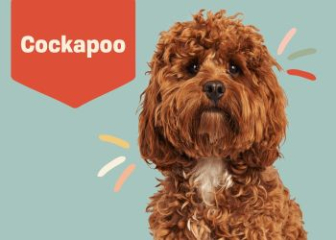
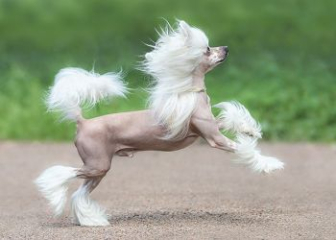
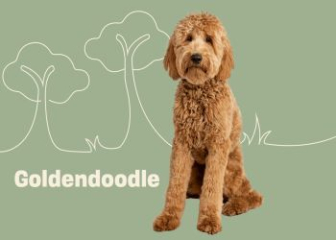
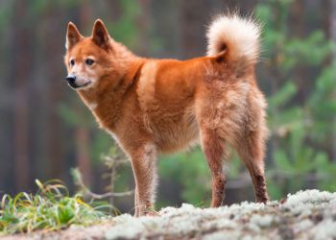
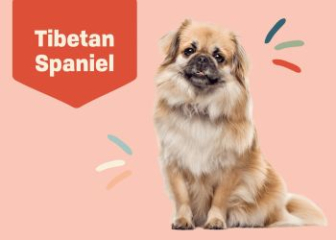
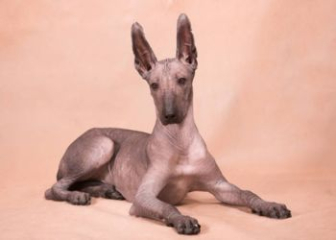
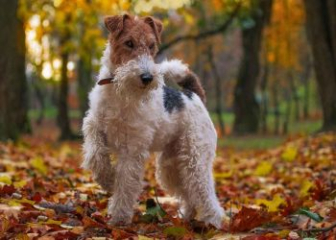

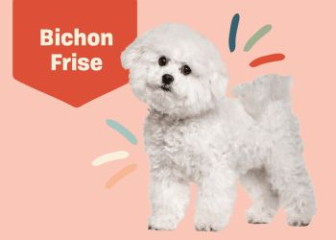
_350x250.jpg)

